arHave you been thinking about where does the CPU store its computations? Have you ever wondered how the CPU manages the vast data it processes? Let’s explore the fascinating world of CPU storage and discover where computations are stored.
Cache memory, RAM, and non-volatile storage devices like hard drives and SSDs process data and instructions in place of volatile memory. The computer’s memory does not record CPU computations. Please continue reading to learn more about where does the CPU store its computations.
The central processing unit (CPU), which functions as the “brain” of a computer system and carries out computations, is essential. It performs crucial duties such as acquiring, decoding, carrying out commands, and controlling data flow. Understanding CPU operations is necessary for improving performance, using computer resources most, and creating software that makes the most of processing power.
Table of Contents
What is a CPU?
Where does the CPU store its computations? A computer system’s central part and “brain” is the CPU or central processing unit. It is responsible for the computations and executing the instructions required for the computer to operate. You might wonder where is the CPU located in a PC; for that, you must know that it is situated on a large piece of equipment called the motherboard. 
The CPU executes arithmetic, logical, and control operations to acquire instructions from memory, decode them, and then execute them. It also manages data flow, coordinates with other components, and interacts with peripheral devices.
With its ability to process instructions at high speeds, the CPU is crucial in determining a computer system’s overall performance and responsiveness, making it the computer’s central control unit or “brain.” Let us read where the CPU stores the results of computations. Want to know How To Tell If Your CPU Is Dying? Check Out this.
Components of the CPU
Where does the CPU store its computations? The central processing unit, or CPU, comprises numerous important parts that execute different tasks. The Control Unit (CU) and the Arithmetic Logic Unit (ALU) are two crucial parts of the CPU.
The Arithmetic Logic Unit, often the ALU, oversees all mathematical, logical, and decision-making processes. It can conduct addition, subtraction, multiplication, division, greater-than-or-equal-to tests, and bitwise operations like AND and OR. It can also execute logical comparisons. The ALU operates on binary data, manipulating bits to perform the desired computations.
On the other hand, the Control Unit (CU) supervises the CPU’s operations. It controls and coordinates the movement of information and commands both inside the CPU and between the CPU and other computer system components. The CU fetches instructions from memory, decodes them, and determines the appropriate actions. It also controls the timing of operations, ensuring that instructions execute in the correct sequence. 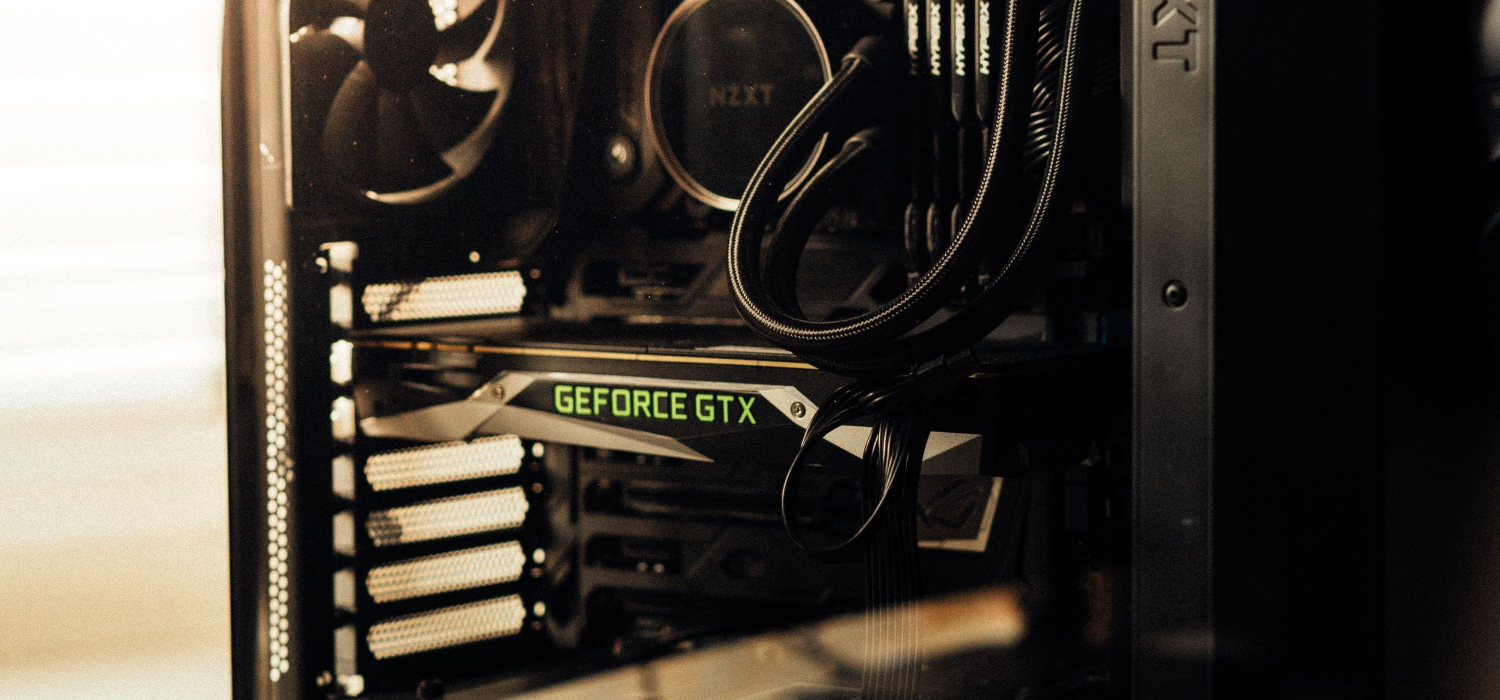
Together, the ALU and the CU form the core processing elements of the CPU. They work in tandem to execute instructions, perform calculations, and manage the overall operations of the CPU, playing a vital role in the functioning of a computer system. This comes in “Where does the CPU store its computations?”
How Does the CPU Process Instructions?
Where does the CPU store its computations? The central processing unit, or CPU, performs instructions by taking input from software and peripherals and carrying them out sequentially. An overview of how the CPU carries out commands is provided below:
- Fetching: The CPU receives instructions from various sources, such as the computer’s memory, input devices, or software. These instructions store in the CPU’s cache or registers for faster access.
- Decoding: Once an instruction is fetched, the CPU decodes it to determine the specific operation. This involves interpreting the instruction’s opcode, which specifies the type of operation and any operands or data associated with the instruction.
- Execution: The CPU then actually executes the instruction after decoding. This often entails retrieving data from registers or memory, utilizing the Arithmetic Logic Unit (ALU) to perform computations or logical operations, and storing the outcomes in registers or memory.
- Memory Access: The CPU might need to access information or instructions kept in the computer’s memory while it is being used. It takes the necessary information from memory and sends it to the proper registers or the ALU for processing.
- Write Back: Depending on the nature of the instruction, the CPU might need to write the results back to memory or registers after an instruction has been completed. This ensures that the updated data is stored for use in the future or to connect to other computer system components.
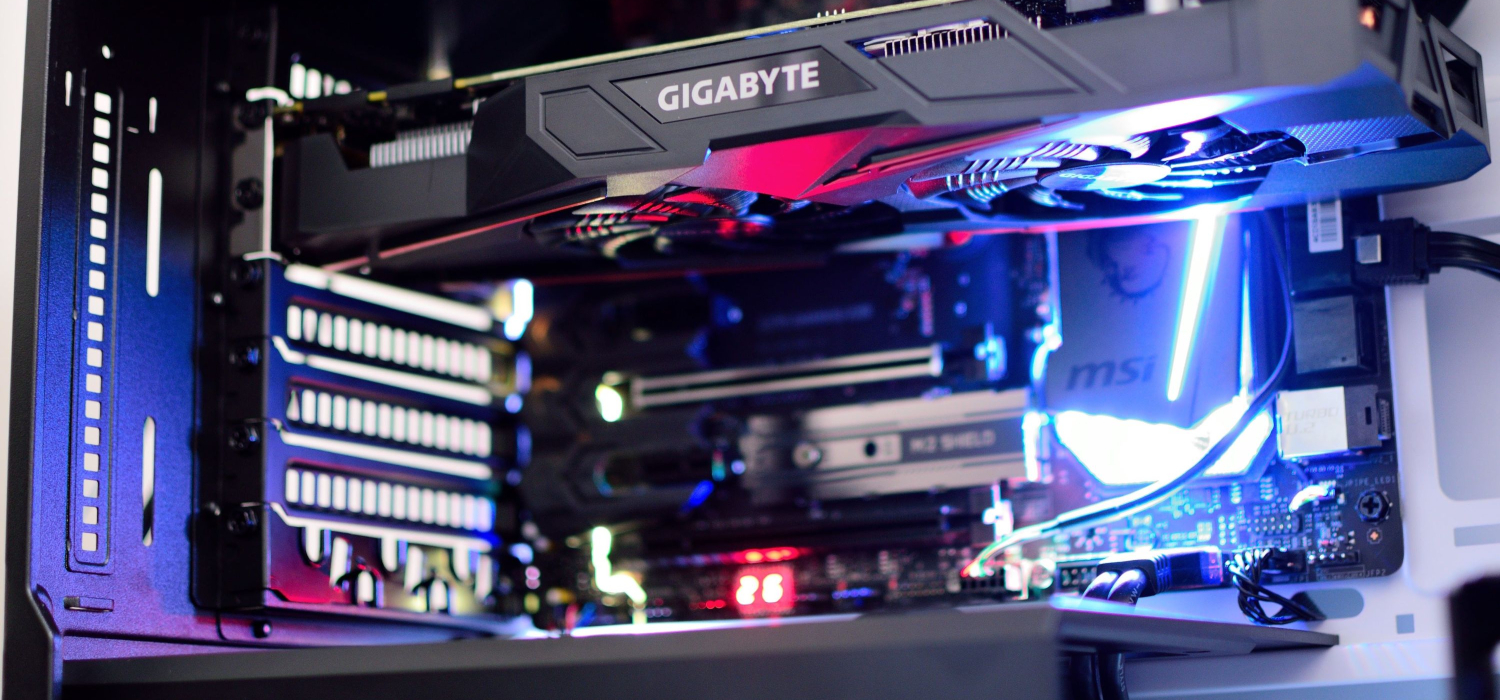
The CPU continuously repeats these steps, fetching, decoding, and executing instructions until the program or task is completed. The specific instructions and their execution are determined by the computer’s software, such as the operating system or application programs. So now you know, “Does the CPU store data?”.
CPU History and Evolution
Where does the CPU store its computations? Significant developments and improvements have defined the history and development of the CPU. The first microprocessor, the Intel 4004, was created in 1971, marking the start of the journey. This 4-bit CPU, primarily utilized in calculators, had a clock frequency of 740 kHz. As semiconductor technology developed, more potent and sophisticated CPUs came into being.
The release of the Intel 8080 in 1974 marked a significant milestone as computer systems extensively used it, being the first 8-bit microprocessor. The Intel 8086 came next and helped establish the x86 architecture, which still rules the market today.
With the introduction of superscalar and pipelined designs, which allowed CPUs to execute many instructions concurrently and boost performance, the 1990s saw a fast advancement. Intel’s 1993 release of the Pentium CPU demonstrated these developments.
Early in the new millennium, the industry began to move toward multi-core CPUs, which combined many CPU cores onto a single chip. As a result, parallel processing was possible, and computational capacity was greatly better.
Modern processors include cutting-edge technology like hyper-threading, advanced vector extensions (AVX), and extensive cache hierarchies. Examples of these processors include those built on the Core and Ryzen architectures from AMD and Intel. Intense applications like gaming, artificial intelligence, and scientific computing get support from these CPUs’ excellent performance, power efficiency, and performance. 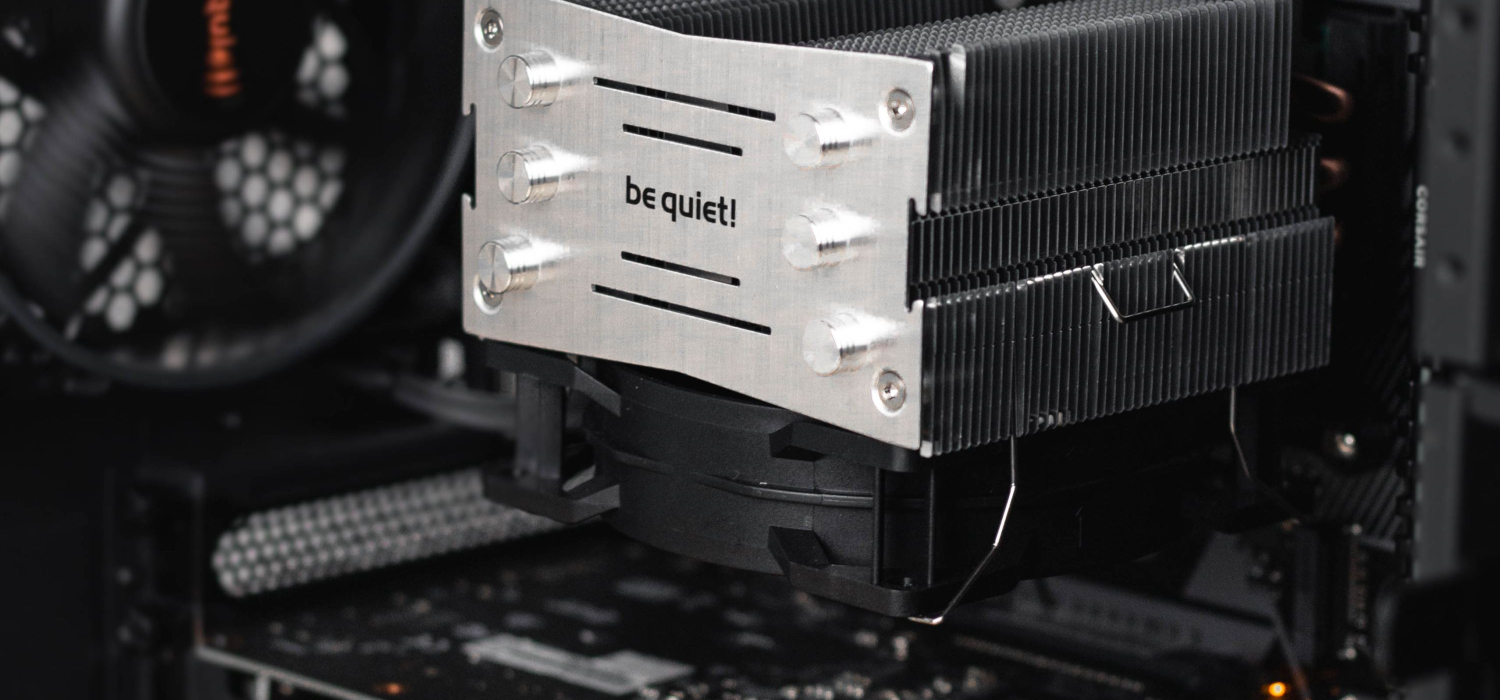
The development of CPUs over time shows a fantastic path toward downsizing, improved performance, and architectural improvements. CPUs have been essential in influencing the digital environment and advancing technology from the humble beginnings of the Intel 4004 to the state-of-the-art processors of today.
See Also: CPU Running At 100? Issue Solved [Complete Guide 2023]
Types of CPUs
Where does the CPU store its computations? Different types and architectures of CPUs are available to meet additional computational requirements. The architecture, with 32-bit and 64-bit being the most prevalent, is one distinct feature. 
Data and memory addresses can be up to 32 bits on 32-bit CPUs. In comparison, the data route for 64-bit CPUs is more comprehensive. They have higher processing power and access to more system memory because they can process more extensive data and memory addresses.
x86 and x86-64 architectures are popular for personal and commercial computers—these CPUs from Intel and AMD balance performance, power efficiency, and software and operating system compatibility.
For servers and expensive workstations, specialized CPUs are available. These include server applications like Intel Xeon and AMD EPYC, virtualization, and CPUs designed for heavy tasks. High-end workstations can employ processors like the AMD Ryzen Threadripper or Intel Core i9, which provide outstanding multi-threaded performance for scientific simulations, 3D rendering, and content creation. With this, you can easily make out from which type of data storage does the CPU.
Some specialized CPUs used for machine learning or cryptocurrency mining are Graphics processing units (GPUs) and application-specific integrated circuits (ASICs)
There is a good solution for various applications and performance demands thanks to the numerous types of CPUs that cater to various computing needs.
See Also: Best RAM Cleaner for PC | Top 10 Reviewed
Data Transfer Speed in CPUs
Where does the CPU store its computations? Data transfer speed within a CPU, often referred to as internal data bandwidth, is determined by several factors. Firstly, the clock speed or frequency of the CPU affects how quickly instructions and data process in the system. A higher clock speed allows for faster data transfer within the CPU.
Secondly, the CPU’s architecture, such as the data bus’s width and the memory subsystem’s design, impacts data transfer speed. A wider data bus allows for the simultaneous transfer of more data, increasing throughput. 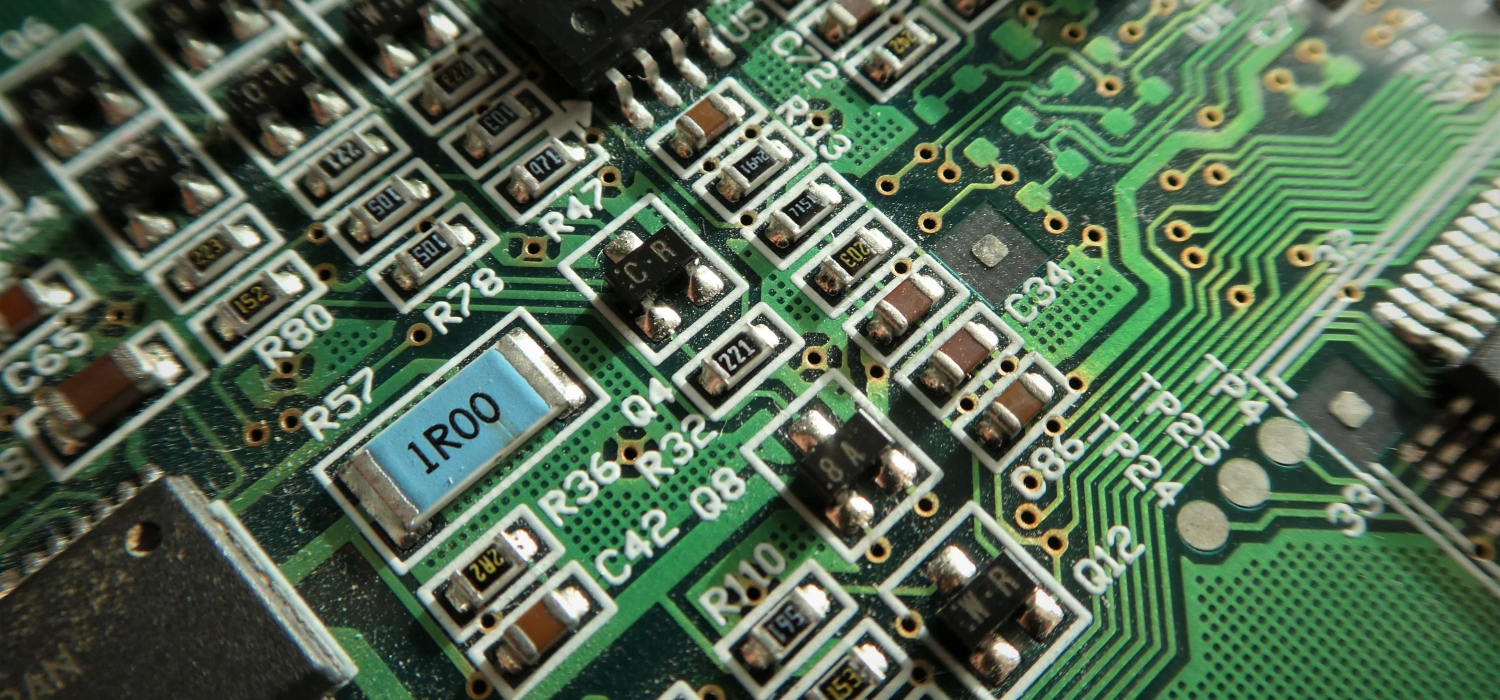
Additionally, the cache hierarchy plays a crucial role in data transfer speed. A larger cache size and efficient cache algorithms improve the likelihood of data being readily available, reducing the need to access slower main memory.
Finally, technological developments like introducing faster and more effective memory types (such as DDR4 and DDR5) can improve data transmission speed within the CPU.
Clock speed, architecture, cache hierarchy, and memory technology, ultimately affect the system performance of a CPU’s data transfer rate.
Common Misconceptions about CPUs
Let us look at some of the common misconceptions about CPUs:
Mixing up the GPU and the CPU
Where does the CPU store its computations? The distinction between the CPU and GPU functions is one typical misunderstanding. Although they are both processors, their roles are distinct. 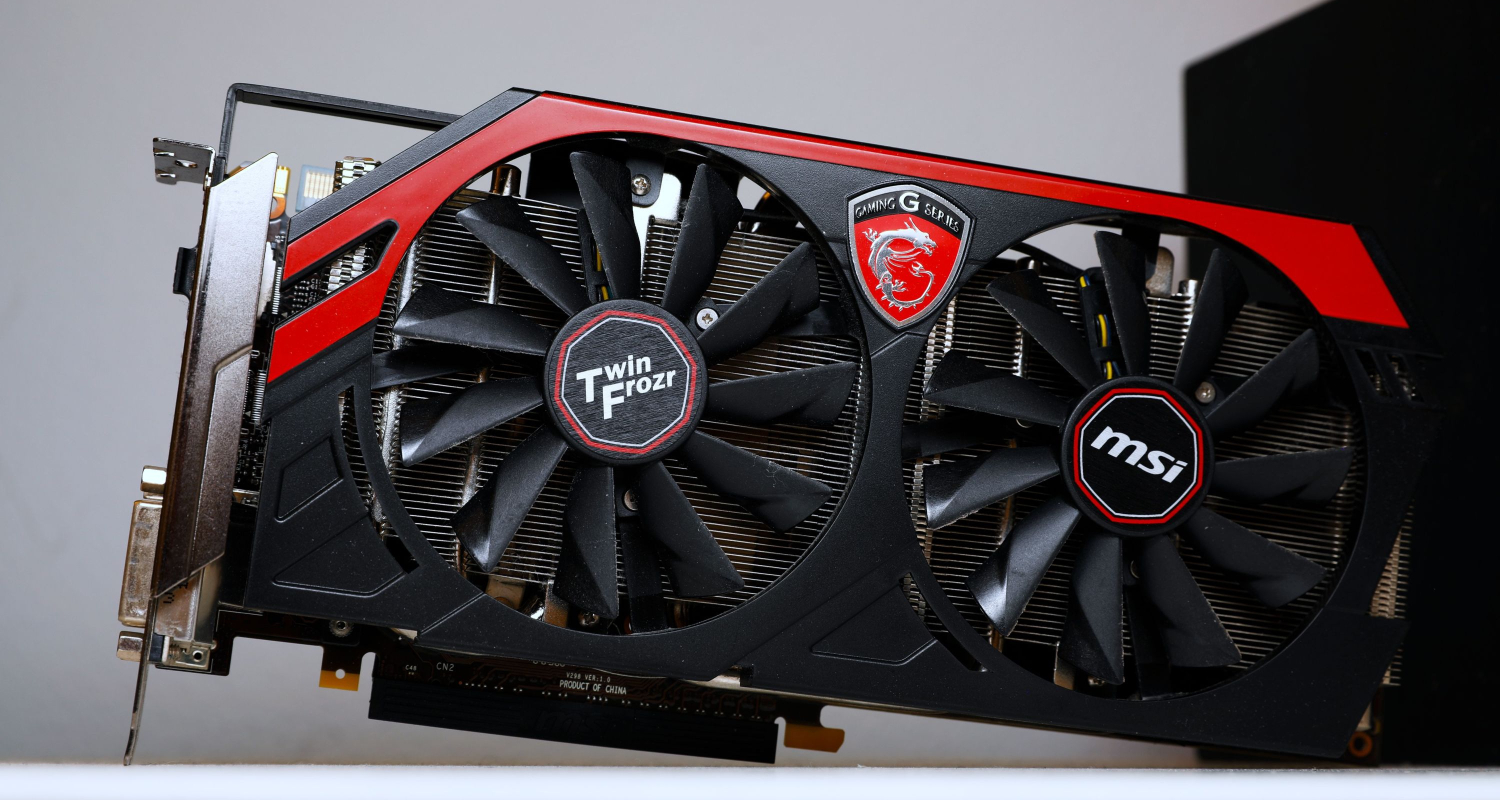 While the GPU is geared for graphics-intensive operations and excels in parallel processing, the CPU manages general-purpose tasks and carries out instructions.
While the GPU is geared for graphics-intensive operations and excels in parallel processing, the CPU manages general-purpose tasks and carries out instructions.
Underestimating how vital a CPU
Where does the CPU store its computations? Some folks might need to focus more on the CPU’s significance in a computer system. They might believe that certain parts, such as the GPU or RAM, are exclusively responsible for a computer’s performance.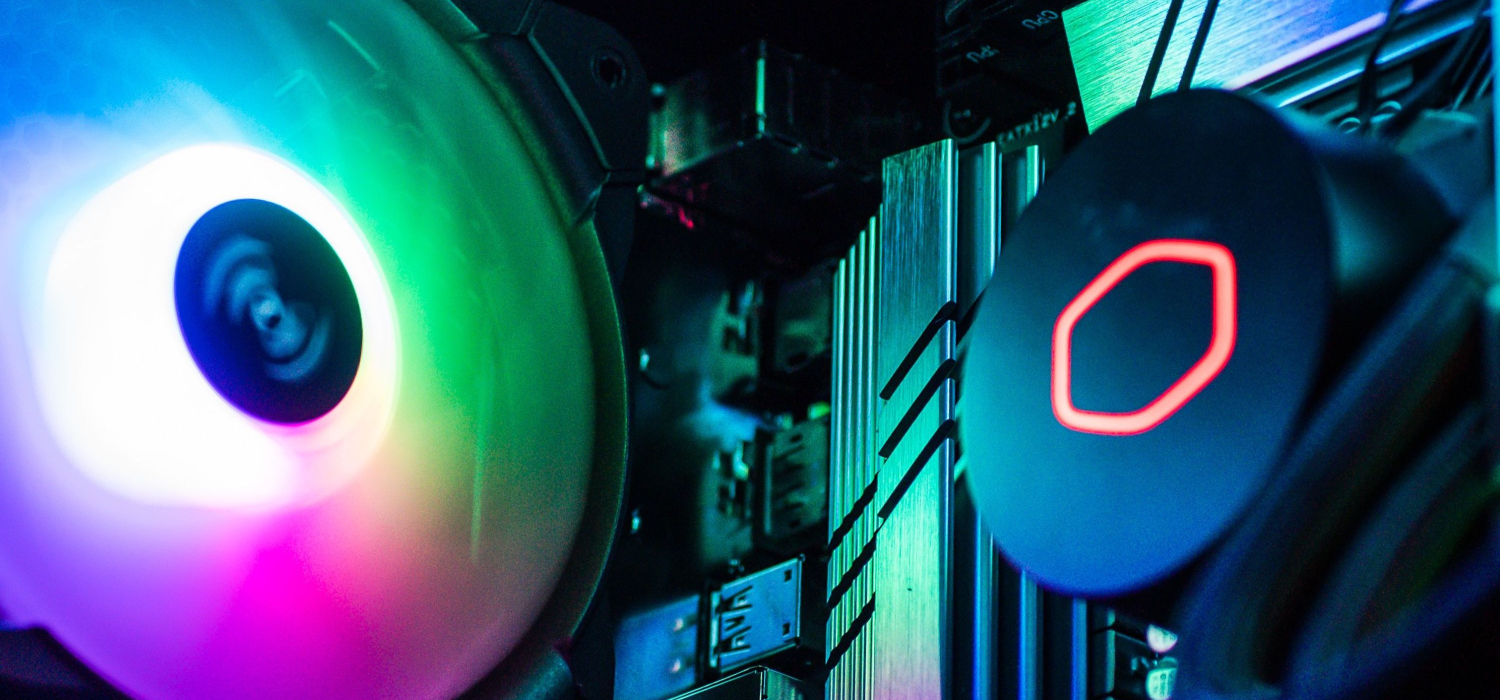 Conversely, the CPU serves as the system’s core control component, carrying out instructions, managing data flow, and monitoring how each component operates. It is crucial to the system’s overall performance and responsiveness.
Conversely, the CPU serves as the system’s core control component, carrying out instructions, managing data flow, and monitoring how each component operates. It is crucial to the system’s overall performance and responsiveness.
Overemphasizing clock speed
Where does the CPU store its computations? Often, Clock speed is mistaken as the sole determinant of CPU performance. While it is a significant factor, other aspects like architecture, cache size, and core count contribute to a CPU’s capabilities.  A higher clock speed only sometimes guarantees better performance if other aspects of the CPU’s design are subpar.
A higher clock speed only sometimes guarantees better performance if other aspects of the CPU’s design are subpar.
See Also: 17 Best Clock Widget Apps For Android {Free}
Assuming more cores always means better performance.
While multi-core CPUs offer advantages in parallel processing, not all applications can effectively utilize multiple cores.  Some software may be optimized for single-threaded performance, meaning a CPU with a higher clock speed and fewer cores could outperform a CPU with more seats but a lower clock speed. So this is all about what you should know when looking for “where does the CPU store its computations”?
Some software may be optimized for single-threaded performance, meaning a CPU with a higher clock speed and fewer cores could outperform a CPU with more seats but a lower clock speed. So this is all about what you should know when looking for “where does the CPU store its computations”?
FAQs
Can the CPU use secondary storage to store computations?
No, supplementary storage units like hard drives or SSDs do not directly house calculations on the CPU. Data and programs are stored in such devices for a long time. The primary storage comprises cache memory and RAM, where the CPU executes operations after retrieving the required data from secondary storage.
How does the CPU get information out of memory?
The CPU uses memory addresses to access data stored in memory. The CPU reads or writes data using these addresses assigned to each data item in memory. The translation between the CPU's virtual addresses and the CPU's memory management unit handles the actual lessons in memory.
When a computer switches off, what happens to calculations?
When the computer is turned off, volatile memory components, such as RAM and cache memory, lose all the stored information, resulting in the deletion of any data or calculations stored in these memory components. To prevent data loss, the user should store the data in non-volatile devices like hard drives or SSDs before shutting down the computer.
Can the user store calculations in registers by the CPU?
The CPU has registers for frequently used info and preliminary computation results.. The quickest storage elements on the CPU are registers, which provide rapid data access. However, they have little storage capacity and can only save minimal data.
Conclusion
Knowing where the CPU stores its computations is essential in the modern digital era. It helps us to improve computing efficiency, boost software performance, and make wise hardware upgrade selections. We’ll encourage you to learn more about the exciting field of com.
